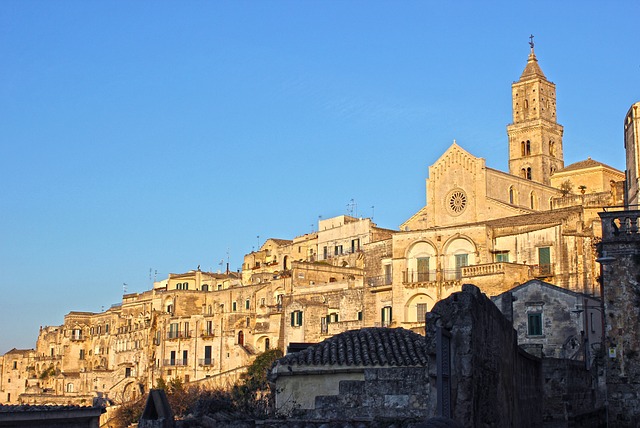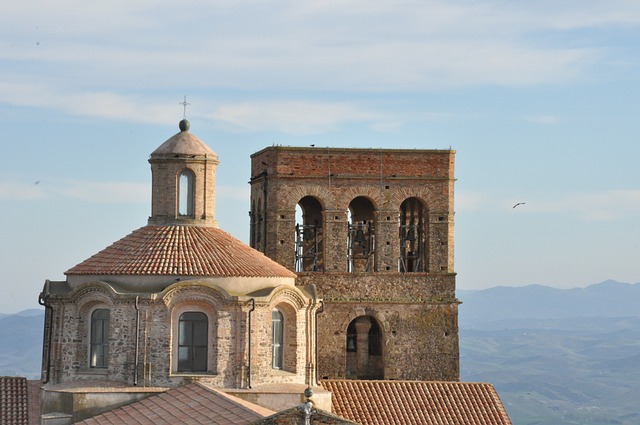
The region of viticulture
The Basilicata region has been known for its viticulture since ancient times. The verifiable origins of viticulture in Basilicata date back to 1,300 BC. The region is also known as Lucania, even though ancient Lucania is larger than today’s Basilicata region.
Italy > Basilicata
The predominantly mountainous region of Basilicata lies between the regions of Campania, Apulia and Calabria and is divided into two provinces. A total of 536,933 inhabitants live on an area of 10,073 km² (as of August 3, 2022). With a population density of 53.3 inhabitants/km² the region is rather sparsely populated. Only the Aosta Valley has a lower population density. The capital is Potenza. Besides this, the city of Matera is famous for its old town. In 1993, its cave settlements “Sassi di Matera” were declared a UNESCO World Heritage Site.
The climate is very changeable, which is unusual for southern Italy. Winters are cold, summers are warm. The amount of precipitation is quite high in winter, so that the region has very good climatic conditions for viticulture, which has a millennia-old tradition here. On average, the climate is milder than in the rest of the country. On the coast you will find both deeply indented bays and sandy beaches. The quality of the crystal-clear water is excellent and invites you to swim. Matera is also known for its many small furniture manufacturers.
Basilicata consists of 2 provinces, which we would like to introduce to you here.
- Potenza – Brief info with map available here: POTENZA
- Matera – Brief info with map available here: MATERA



The Basilicata region has the lowest unemployment rate in southern Italy after Abruzzo (as of 2018).
